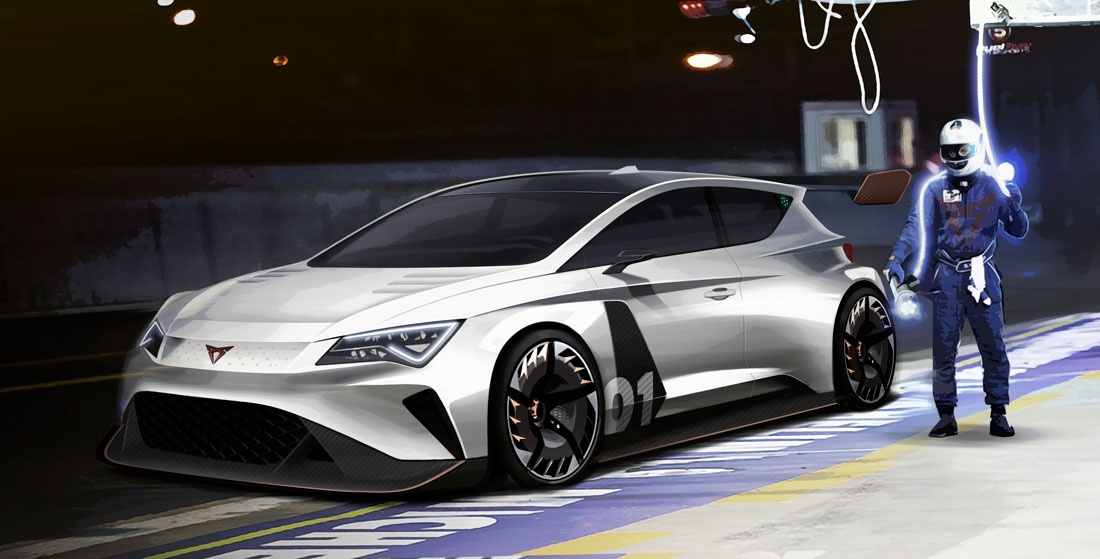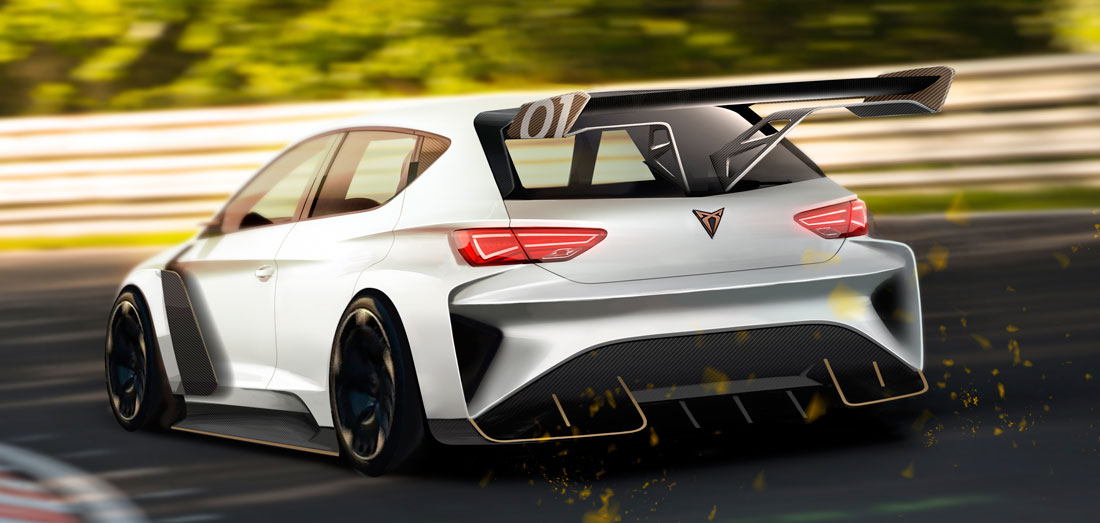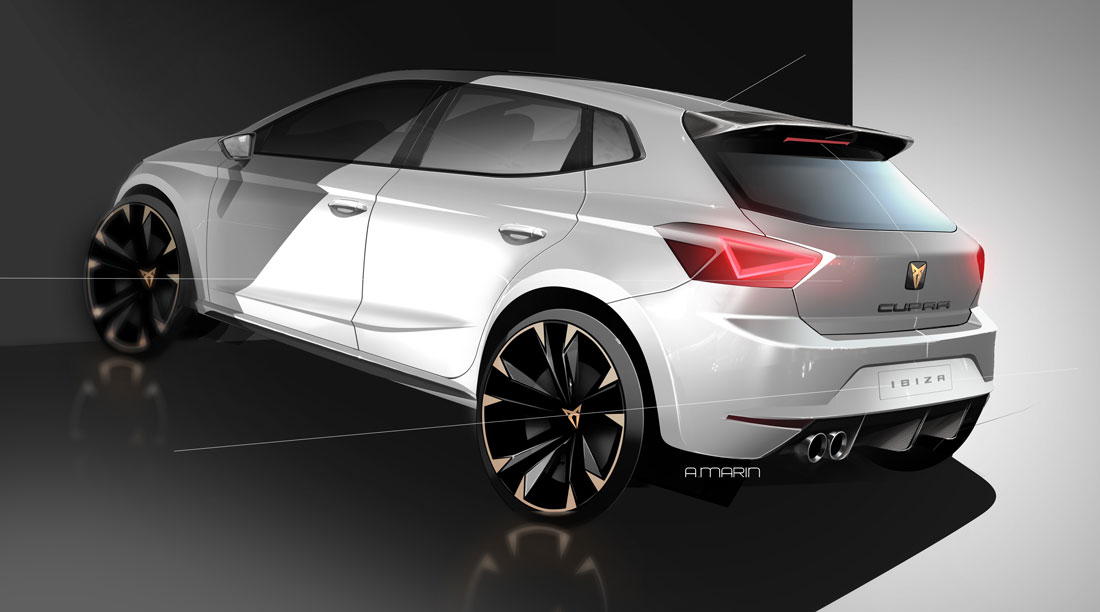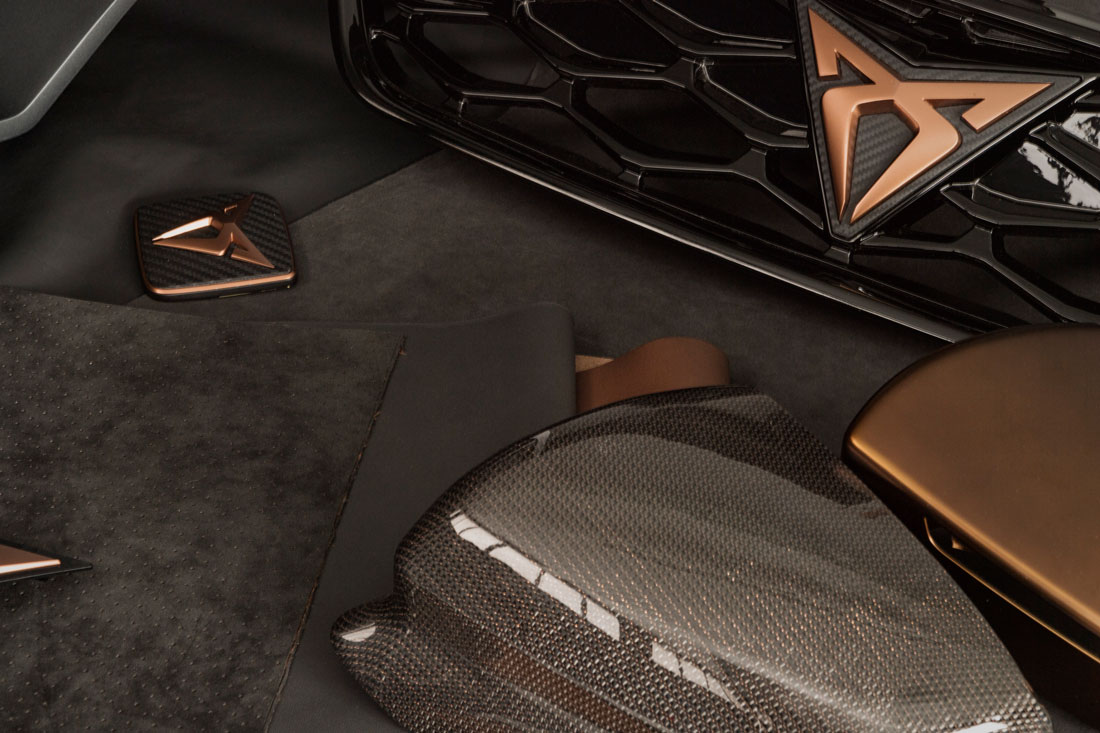Before interviewing Alejandro Mesonero, head of Seat design, I couldn’t help but feel a surprisingly effervescent climate among the pavilions set up at the historic Terramar circuit, not far from Barcelona, to present the new Spanish brand. Built around concrete and granite structures, with copper profiles and entire walls shimmering in octane blue, they themselves communicate the innovative intention deeply rooted in the contemporaneity that animates the latest adventure of the Volkswagen group.
“When we thought about who would buy a Cupra, we reflected on the idea that more and more individuals today are looking for another dimension to sportiness”, says Mesonero. “In addition to pure performance, people want an aesthetic that is not overly striking but, above all, less “basic” than in the past. Just think of colours: once a performance car was essentially red, black or yellow. Too simple. There is now a segment of the public that is moving towards a higher level of sophistication. As the Seat brand grows, we are ready to offer it to them in a new package”.
Underlying the alchemy is an integrated study of lifestyle from which design philosophy takes its inspiration. “We are trying to create a universe around the car, also playing on communication and merchandising and involving young, dynamic companies, characterised by a high degree of craftsmanship. This is not the usual collection of key rings and t-shirts: we contacted an Italian manufacturer of sunglasses, L.G.R., which wants nothing less than absolute quality in manual skills. And still in Italy one of the most interesting objects of our world has been developed, the Fabike Cupra, an extraordinary bicycle that comes with a carbon fibre frame, racing handlebars, hydraulic brakes and transmission belt instead of the chain, as well as real leather details. A proposal that represents a great part of what we are”.
The intention of constructing an identity system capable of extending far beyond the car is evident throughout the conceptual process of the operation, with the idea of differentiating its scope and ennobling its value with respect to an anodyne re-branding of the best performing Seats. The design of the new logo does not escape this, of course: “It is made up of two Cs intertwined in a triangle with an inverted tip, with a result that is able to communicate both Teutonic precision and aggressively tribal character, almost like a tattoo. But above all, it’s a symbol that leads us to think of a jacket pin, rather than a House badge”.
For the moment, this intellectual and image drive is backed up by only timid forays into the product. However full of promise they may appear to be: the Cupra TCR and eRacer, for example, represent two interesting elaborations of the lines of the current Leon in racing or electrified guise, generous in aerodynamic ideas and research into colours and materials. On the road models front, on the other hand, we have the Ateca, going on sale very soon, and the Ibiza which is a bit further away. “But in the early months of 2019 we could see the debut of an important novelty”, Mesonero reveals. Letting slip a further tantalising final indiscretion: “Here we are deeply interested in authenticity. We like the pure sportiness and sophistication of handmade goods. For this reason, for many customisation options we will rely on small local suppliers, carefully selected by our compact Martorell team: like a manufacturer of real carbon fibre spoilers that will make five hundred pieces just for us. That’s the Cupra formula”.
(Full article in A&D no. 232)















